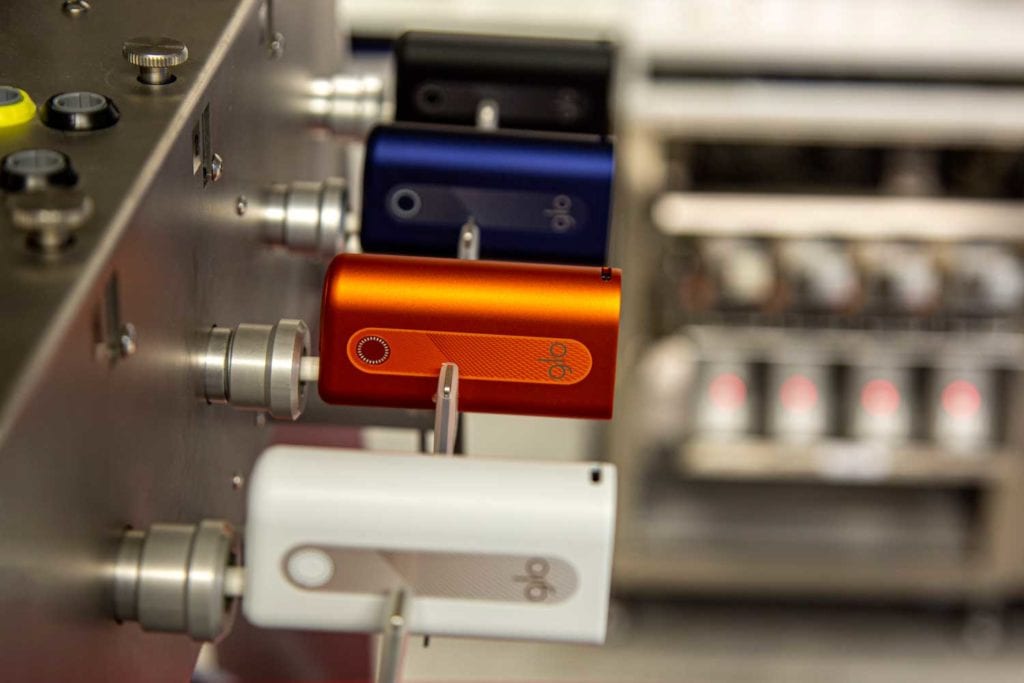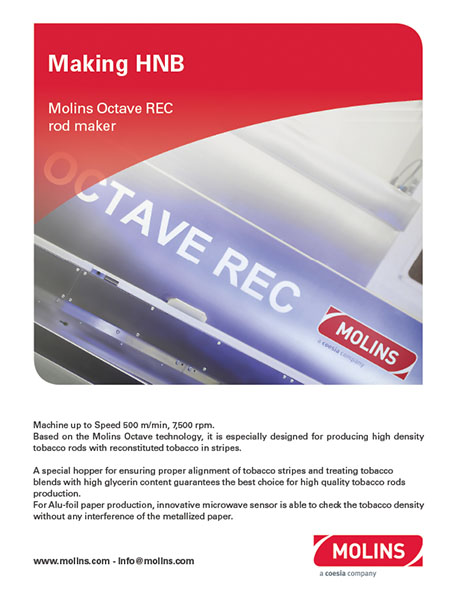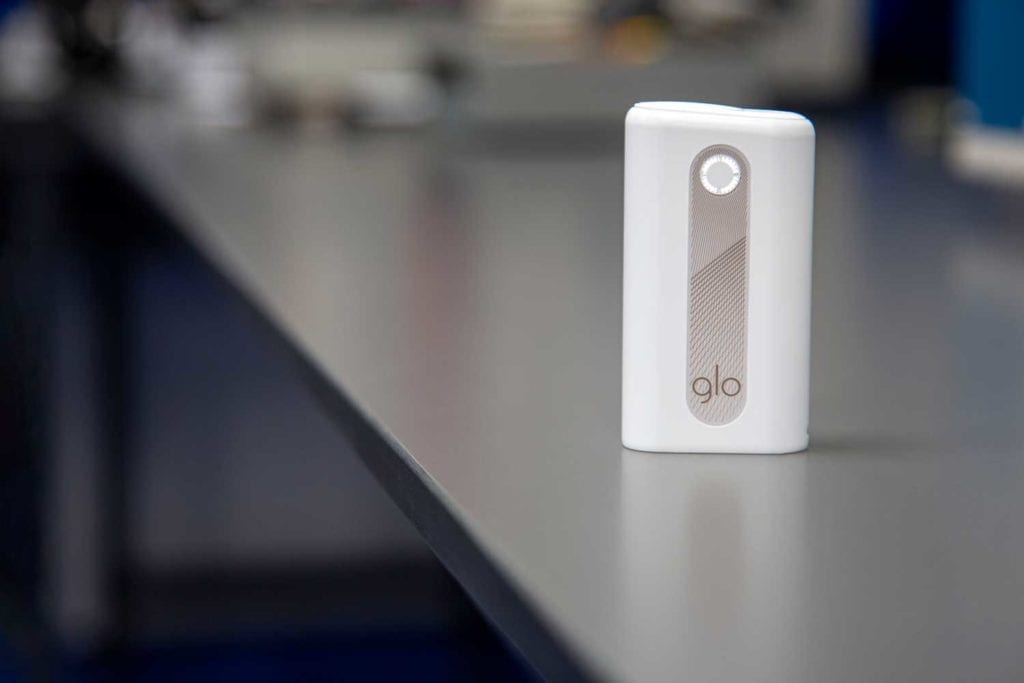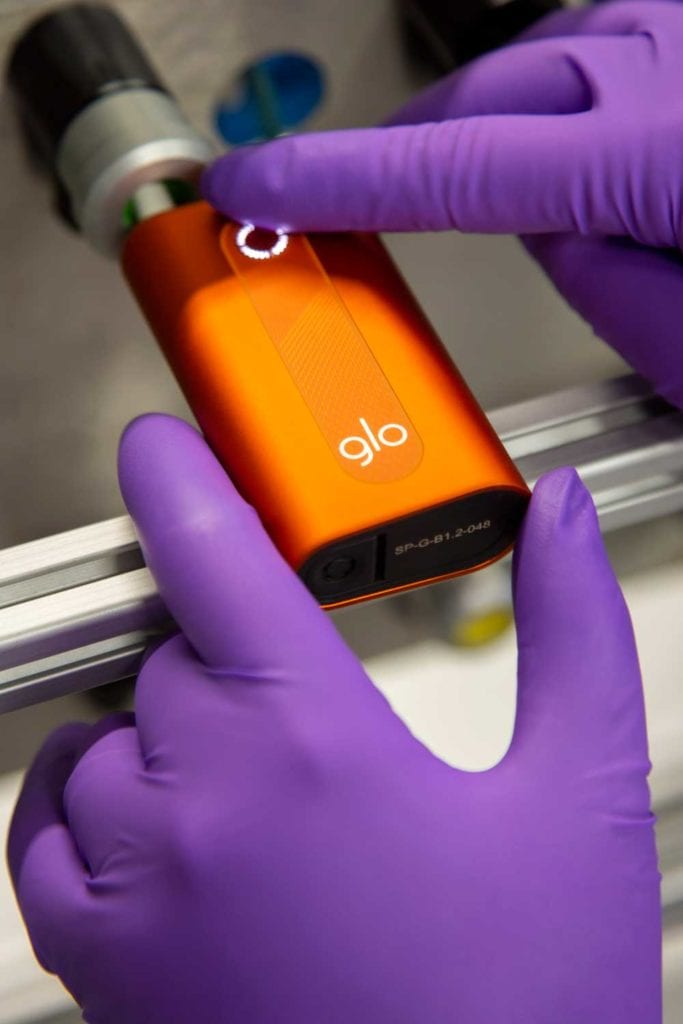
A long-term, randomized, controlled trial of BAT’s glo tobacco-heating product lends credibility to the harm reduction potential of the entire category.
By Oliver Porritt
A landmark new clinical study has shown that the health risks of cigarette smoking may be reduced in smokers who completely switch to using tobacco-heating products (THPs).
The research, carried out by BAT, analyzed the changes in a range of biomarkers of exposure (BoE) and biomarkers of potential harm (BoPH). These biomarkers are linked to oxidative stress, cardiovascular and respiratory diseases and cancer, and they were used to compare the potential long-term effects of smoking cigarettes versus THPs and cessation.
Published in the Journal Internal and Emergency Medicine, the results suggest that smokers who switch from cigarettes to exclusive use of BAT’s flagship THP, glo, may benefit from a similar reduction in the risk of developing a number of smoking-related diseases as those who stopped smoking entirely.
To find out more about the study and its implications, Tobacco Reporter caught up with BAT’s director of scientific research, David O’Reilly, whose team led the work.

Speaking from Liverpool, where he was attending this year’s Global Forum on Nicotine (GFN), O’Reilly said the paper represented a significant moment for both his company and the product category as a whole. “This is a milestone event because this groundbreaking study is the first time the world has seen a successful long-term, randomized, controlled trial of any tobacco-heating product. Until now, no one else has been able to demonstrate over a sustained period that when you switch from cigarette smoking to exclusive use of a THP like glo, the biomarkers of potential harm are reduced to levels similar to that of cessation. This study was long in the planning, and it required careful execution, but when we reviewed the results, we were delighted,” said O’Reilly.
“The biomarkers of exposure go down rapidly, so we weren’t expecting to see any substantial improvements between the positive results we published in an earlier paper, featuring our three-month data, and what we found at six months. But with BoPH, you need to conduct longer studies for beneficial changes to occur. That’s why the six-month data was more important to us than either the three month or even the twelve month time slots. In fact, we aren’t really expecting it to change significantly beyond this point. By the time you get to six months, the cohorts have stabilized in their BoPH. We would anticipate that the 12-month data will provide further validation of this set of results, but the halfway point is therefore absolutely pivotal in this year-long study, and we are very pleased with what we’ve seen,” O’Reilly noted.

While this study focused on our flagship THP, glo, we would be the first to say that this research also importantly supports the category of tobacco-heating products as a whole.
David O’Reilly, director of scientific research, BAT
“Every one of the studies we’ve done on glo, and indeed the work we’ve carried out on our other platforms, is important because they all add to the evidence base for these products, further demonstrating that, while they are not risk-free and are addictive, they are reduced risk if individuals quit smoking and move to them completely. But some types of evidence carry more weight than others, and a long-term, clinical, randomized, controlled study assessing BoPH carries a lot of weight indeed.
“I think this study, along with many others that we and others have published, also adds to the evidence that tobacco harm reduction should be adopted as a tobacco control and public health policy because it’s likely to contribute to the reduction in morbidity and mortality from cigarette smoking.”
He added, “This has been a very successful project, but we have also learned a lot of things that we’ll take into our upcoming studies. Over the next three years, we have around 30 clinical trials planned, and we anticipate that in the future these could be executed in a shorter time period. This is really important because the sooner we obtain this kind of data, the sooner we can engage with external stakeholders and give governments and consumers the confidence that for smokers who would otherwise continue to smoke, switching to these products is a positive thing to do.”

This clinical study was carried out at four sites in the U.K. (Belfast, London, Leeds and Merthyr Tydfil). The participants were healthy smokers or never-smokers of both sexes, aged 23–55, who could go about their day-to-day lives, visiting a clinic just once a month for samples, including blood and urine, to be collected.
The volunteer smokers who did not want to quit were randomly selected to either continue smoking their usual brand of cigarettes or switch to the exclusive use of glo for the duration of the study. A control group of smokers who did want to quit smoking was offered nicotine-replacement therapy (NRT) and/or varenicline provision if requested, together with cessation counselling, while the never-smokers acted as a control. Across these four groups, a total of 339 participants completed the study to six months.
Various BoE and BoPH were assessed at baseline and monthly up to 180 days (six months), and this paper presents the results at the halfway point of the full 12-month study. The use of BoPH, in particular, gives researchers the ability to assess the potential health risks of novel tobacco products in the absence of long-term epidemiological evidence. These newer products have simply not been around long enough to evaluate their impact on clinical outcomes such as cancer, cardiovascular disease and chronic obstructive pulmonary disease. These are conditions that can take decades to develop, but BoPH can provide crucial indicators for these events. Indeed, according to the Institute of Medicine’s 2001 report Clearing the Smoke, BoPH are defined as the “measurement of an effect due to exposure; these include early biological effects, alterations in morphology, structure or function, and clinical symptoms consistent with harm.”
The data from this study show that while the BoE and BoPH remained stable between baseline and six months for the group who continued to smoke, the levels of most BoE reduced significantly for the users of glo, becoming similar to those of the control groups who abstained from cigarette smoking.
More importantly, for those participants who exclusively switched to glo, the following BoPH also saw a favorable change versus continued cigarette smoking: HDL, WBC, FEV1%pred, sICAM, 11-dTx B2, 8-epi-PGF, FeNO and NNAL, and, with the exception of FeNO and NNAL, these changes were comparable to cessation.

To make sure these results were both reliable and meaningful, the team at BAT told participants about the importance of exclusively using the products they had been assigned, for both the cigarette and glo groups, or abstaining from any nicotine products, other than NRT, in the quitting or never-smoker cohorts. But to ensure the glo users were not smoking cigarettes during the study, the clinics also measured a compound called CEVal. This is a hemoglobin adduct of acrylonitrile (N(2cyanoethyl) valine and, as it is only found in cigarette smoke, O’Reilly says it proved to be a very useful biomarker of compliance.

“In these longer-term studies,” he said, “one of the main challenges has always been knowing whether or not the smokers who have either quit smoking or switched to your test product are compliant because if they’re not, it dilutes the effect of switching in the study and the potential long-term harm reduction associated with switching. To encourage smokers to switch to noncombustible products, you need to have really reliable clinical evidence showing that a complete switch is likely to reduce the risks of developing smoking-related diseases as long as they successfully stay with the product and don’t return to smoking.
“So another breakthrough of this study is the fact we can now use CEVal to ensure compliance among our study participants. Indeed, more people were compliant in this study than we expected, and it is possible that was at least partly down to the fact they were told we would be using CEVal. So going forward, we think CEVal is a really useful tool that we are contributing to the scientific community, and we would recommend others to use it in their future studies to ensure compliance.”

O’Reilly also said that while this study’s findings were an important step forward, they represented just one aspect of BAT’s stated ambition to build “A Better Tomorrow.” “Our purpose is to reduce the health impact of our business,” he said, “and we are doing that with our product portfolio transformation. So, while this study is part of a broader evidence base for glo, at the same time we’re publishing studies relating to our vaping product, Vuse, and our modern oral product, Velo.
“And while this study focused on our flagship THP, glo, we would be the first to say that this research also importantly supports the category of tobacco-heating products as a whole, and when we’ve completed similar studies on Velo and Vuse, those bodies of evidence will support each of the categories of vaping and modern oral. It’s a really important philosophy at BAT that we build trust in these categories, and that’s not just for our products and brands. With all the current transformation in the tobacco and nicotine landscape, perceptions are changing, but there’s still a long way to go. So I think the fact this study should not just be about one product, but the whole category, is a really important message.”
Oliver Porritt is freelance editorial contributor to Tobacco Reporter. Previously, he worked in the science communications department at BAT.

